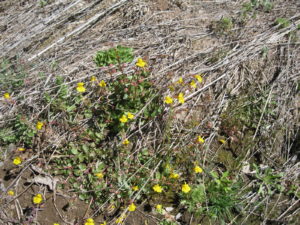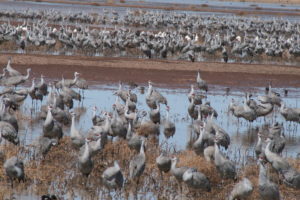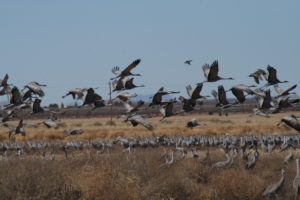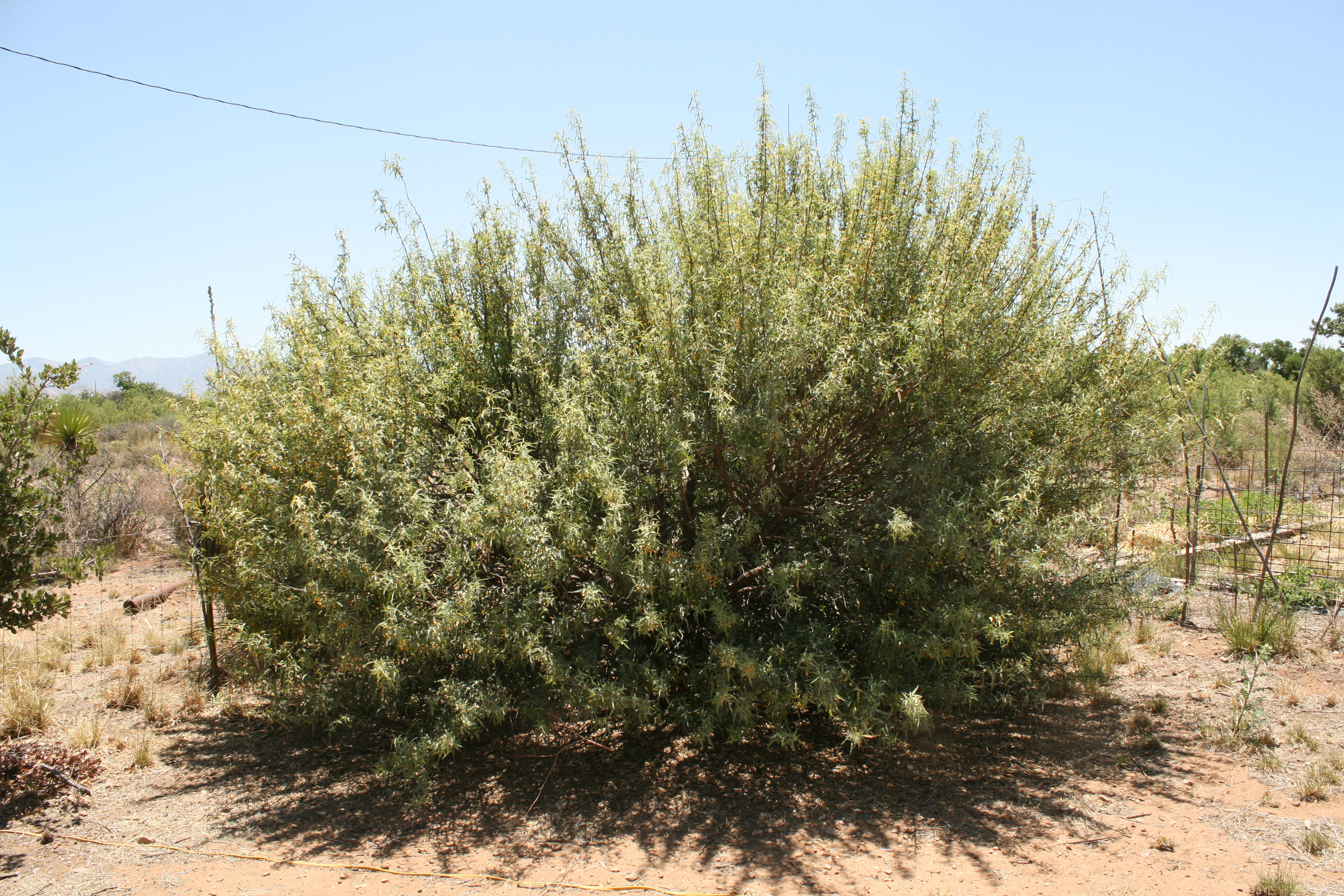
Monkey flowers are in the Figwort Family (Scrophulariaceae). The species I’m jabbering about in this show is called seep monkey flower or Mimulus guttatus. There are over a dozen species of Mimulus found in Arizona and almost all of them like their soil moist, so they’re not going to be in your xeriscape garden, okay? Another species that I love to see and I’ve also grown is M. cardinalis or scarlet monkey flower. The red flowers (cardinalis!) are eye catching as you hike and wander up a wet canyon. And sometimes you’ll find them clinging to a moist cliff. Oh my.
Sandhill cranes are in the family called Gruidae and they are Grus canadensis. Probably more than you wanted to know, but more importantly is the fact that you have the rest of March to see them in the Sulphur Springs Valley before the leave. By the end of March, they are pretty much gone and will not be seen again until they start returning in late September and into October. A favorite spot for the Mesquiteys to see shore birds, ducks, geese, sandhill cranes, not to mention numerous other avian species, is the White Water Draw near McNeal. It’s old hammered agriculture land, but all the birds make it worth the trip. And the surrounding mountains are pretty neat as well, so what are you waiting for?
A couple notes: the photos are mine. That is a nice mat of of monkey flower near our home. The sandhill cranes come and go from where they rest near or in shallow water like that at the White Water Draw. It’s fun to be there in the morning when they are going off to glean fields or be there around noon when they are returning from the fields to loaf for a while. Either way, I’m talking about thousands of cranes calling and flying in groups. My God it is raucous and glorious! A Pleistocene moment…don’t miss it.



Petey talks of a wonderful dream and also a plant with dream like seed pods.

I guess to truly be a fandango I would need a partner and maybe some castanets, but the loose rock fandango can get pretty...

Berberis fremontii is in the Barberry family or Berberidaceae. If you look up barberry plants in a field guide, a flora or on line,...